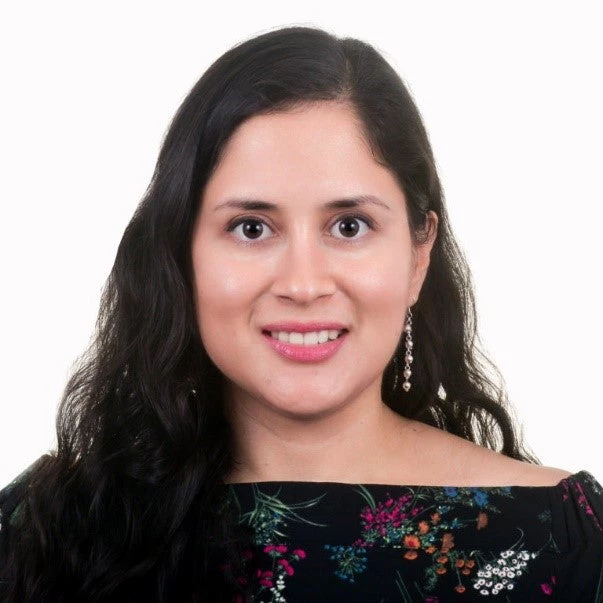 Un enseignant en Finlande prépare sa classe virtuelle.
Un enseignant en Finlande prépare sa classe virtuelle.
The next few weeks mark the beginning of the school year across the northern hemisphere. Per the World Bank School Closure data, (School Closures and Affected Students by country; a World Bank tracking tool) sixty-seven countries, almost half of them located in Europe and Central Asia, have reopened or are expecting to reopen schools by September. This year, the safety of students and teachers vis-a-vis the coronavirus (COVID-19) spread is top priority. This is according to countries who responded to the World Bank-UNESCO-UNICEF Survey on National Education Responses completed in June. Results indicate that over 95% of respondents were planning for the reopening of schools and as such, are also stepping up policies and interventions to avoid infection increases. Among these measures are the reopening at national, or localized levels, or phasing back groups/grades (ex: France, Uruguay); recruiting additional teachers to cover shortages resulting from smaller classrooms (ex: Scotland); staggering attendance (ex: Germany); introducing temperature checks and social distancing requirements (ex: Denmark, Finland, Korea, Singapore, Thailand, Tunisia); and/or providing personal protective equipment to teachers and students when in school (ex: Djibouti). Few countries such as Brazil, Canada, and the United Kingdom, are leaving the decision to states, provinces, and districts. For example, in the US’s largest school district (New York, including New York City) schools will reopen only in districts that have shown consistent low transmission rates (lower than 5% over two weeks).
Finding a balance between learning and safety is challenging. Some countries are starting the school year relying solely on remote learning; or using it as a supplement to face-to-face learning. Students in Mexico will begin the 2020-2021 year getting their lessons via TV or radio. In the United States cities and school districts such as Atlanta, Houston, Miami, and Washington, DC suburbs have announced exclusive use of online learning for the first semester of 2020-2021. In Panama, classes started in July with students using an integrated platform that combines TV, radio, print and online resources. Authorities have adapted the curriculum to focus on essential skills and resilience.
Drivers affecting school reopening
The decision to reopen schools is very complex, often rendering policymakers, school administrations, parents, and teachers in circuitous debates about lost opportunities and managed risks. Children’s health as well as that of the community have also become paramount to the discussion, along with the long-term consequences on children’s health/wellbeing and learning losses, and the exacerbation of inequalities that hurt the most vulnerable and disadvantaged. Consultations with teachers, parents, students and communities are also important to ensure that the decision is context specific and is informed or tailored by the concerns and suggestions of key actors. Figure 1 below summarizes the pre-conditions and trends among measures taken by countries who have decided to reopen schools.
Figure 1: Common Trends and Policies in countries who have started to reopen schools
Ensure quality of learning, regardless of mode of delivery
As a measure of mitigating the impact of school closures on learning, and to support their student populations, over 160 countries moved to some type of remote learning by end of March 2020. In the coming weeks, as systems resume or begin a new school year, many of them are planning to continue with this mode, either exclusively or as a as a complementary measure that supports smaller class sizes and less physical presence in classrooms. However, as the recent global human experience has already shown, remote learning poses many challenges in implementation, measurement of its effectiveness, and in reaching disadvantaged children. So not surprisingly, disparities abound in access and quality. The UN Institute for Statistics and the International Telecommunication Union (ITU) estimates that 40% of students whose schools are closed today do not have access to the internet.
To address these gaps, most countries have opted for multi-modal approaches that include high tech, low-tech and/or traditional paper-based dissemination. To increase accessibility, some governments are distributing digital devices and improving connectivity options. This is the case in Croatia, where telecommunications providers have agreed to distribute SIM cards to low income students so that they can have free internet access. Similarly, Kazakhstan is introducing unlimited access to 380 domestic educational platforms and resources through a tariff plan "Bilim" (knowledge) provided by all mobile operators for students and teachers.
Keep students engaged, teachers healthy, and communities safe
That said, COVID-19 infections among children in the US increased 40% across 49 states during the last two weeks of July according to a report by the American Academy of Pediatrics and the Children’s Hospital Association released on July 30th. Understandably, this has raised alarm among many parents whose states have announced a physical start of the 2020-21 school year.
In addition to children, measures to keep teachers and school staff safe need to be taken as well. First, it is important to determine how many of them may have conditions that put them at higher risk of serious illness if they were to contract COVID-19. An analysis in the US estimates that 1 in 4 American teachers would be at higher risk if they were to get sick. Education systems also need to plan: i) how to respond to shortage of teachers, either if they become sick or if more are needed to comply with smaller class sizes, ii) medical coverage for teachers and coverage of their sick leave. In countries such as Denmark, France, and Italy, teachers’ unions were actively involved in the school reopening discussions and the provision of universal healthcare in those countries alleviated some concerns.
Address Infrastructure/learning environment safety
As key physical factors contribute to better infrastructure and a safer learning environment for students and teachers, the COVID-19 crisis has exposed vulnerabilities, including in schools of advanced education systems The average 15 year-old student in OECD countries has spent 7,538 hours inside school buildings, where sometimes the lack of proper ventilation and stagnate air create opportunities for virus spreading. Some measures that countries can consider are to enhance proper ventilation, providing hand washing facilities and other sanitization measures inside school buildings and educating people to use them, as well as establishing clear guidance on whether the use of personal protective equipment (PPE) would be required and in what circumstances. There are some good practices of repurposing school environments, like large sports halls into the learning spaces, rearranging the food facilities etc. Many question if it’s possible for teachers to wear masks at all times, countries such as France require them to use masks when they are less than a meter away from students, while England is considering not to require the use of masks at all. The silver lining of COVID-19 for schools is that the learning environments started to be considered with IT infrastructure and remote learning as a whole, potentially expanding ways of learning and collaborating.
A path towards continuity of learning – Flexibility is key to mitigate learning loss
As the global debate and efforts roll forward, it should be noted that the return of students to physical classrooms on a global scale remains an exception rather than the norm, as over one billion students (approximately two thirds of the world’s learners) in over 110 countries are still impacted by school closures and may not see their classrooms for some time. This will have detrimental impact on students’ schooling attainment and learning, and accumulation of human capital across countries. By World Bank estimates, school closures to date could result in a loss of 0.6 years of schooling adjusted for quality, bringing down the effective years of basic schooling that children achieve during their schooling life from 7.9 years to 7.3 years, resulting in billions of dollars of lost future wages. (Simulating the Potential Impact of COVID19 and School Closures on Schooling and Learning Outcomes: A Set of Global Estimates)
For students across the world the COVID-19 pandemic has already changed the way they learn and where they learn. Flexibility seems to be the foundation of any strategy on reopening schools: a cautious reopening, and readiness to close again if outbreaks emerge. This is not easy in education systems that are historically steeped in tradition and rigidity. But to balance safety and learning, a most effective approach has been to couple physical and remote education, allowing a switch between the two with minimal disruptions.





Join the Conversation